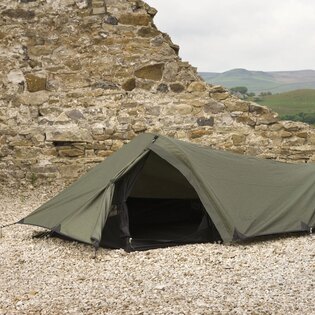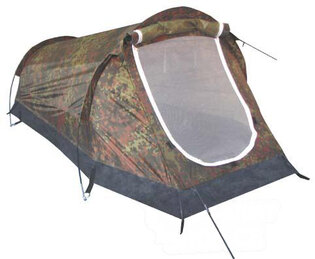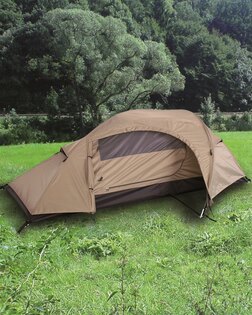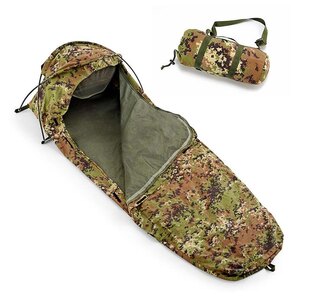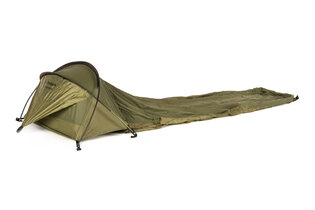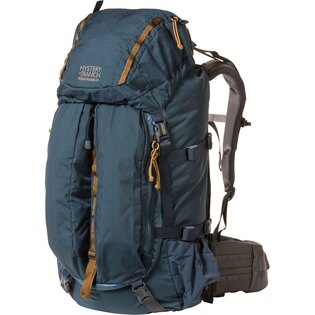How to pack and adjust your backpack
How to prevent back, neck and shoulder pain while carrying a backpack? The key to success is careful preparation and fine-tuning of the load-bearing parts of the backpack to the smallest detail. We bring you an overview of several actions that will increase your comfort and maximize your outdoor experience.
Before you start to pack...
It might be a little tricky at first, but over time you'll learn how to pack your backpack like a pro. It is important to realize already when packing what you really need and what is just an unnecessary burden. Every kilogram that you carry can make a difference. Therefore, we recommend that you place all the things you want to take in front of you before each packing. What you get by this ?
- You will get a detailed idea of how many things you want to take with you and you can think about whether you really need some specific thing or not.
- You will be able to divide things into heavy, medium heavy and light. Such dividing will make it easier for you to find the best place for specific gear.
What can we imagine under these categories?
- Heavy stuff: stove, food, water, different tools, tent...
- Medium heavy items: tarp, waterproof gear, tent stakes, hammock...
- Light things: shirts, shorts, sleeping bag, mat, toiletries...
Keep in mind that important things should always be at hand. Snack, water, first-aid kit and phone are things necessary not only for normal functioning, but also for survival in emergency situations. In the better case scenario, you would have to re-arrange the entire backpack, but in some worse cases, long searching between your things could cause even some health issues...
Where are you going ?
So you have divided your things into the 3 groups according to weight and you have also eliminated unnecessary gear and clothing, that would only take space for more important stuff. Now it's a good time to remind yourself, what activity you are actually going to do. Is it going to be climbing or hiking ?
Packing your backpack for climbing
Especially when climbing/mountaineering every kilogram you carry is important. Likewise, it is extremely important that the backpack on your back is as stable as possible. In addition to discomfort, the instability and/or tilting of the backpack could also contribute to the fall and the subsequent injury. For this reason:
- The heaviest things are stored in the second and third quarters of the backpack
- Medium-heavy things then to the first and fourth quarter of the backpack
- Light things to the remaining space
This method of filling/packing will provide you with the best possible weight distribution.
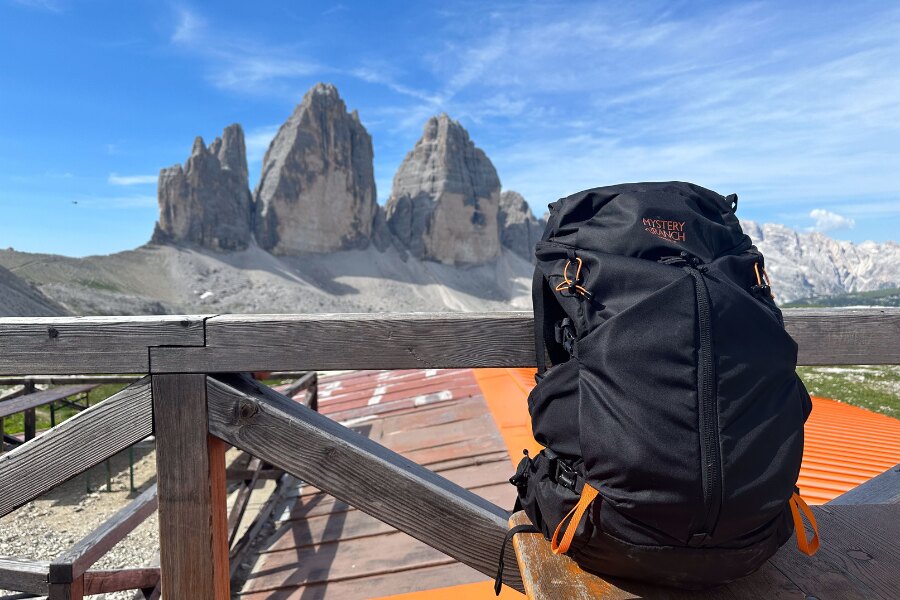
Place the most important gear, such as water, first-aid kit or phone to have them always at hand.
Packing for hiking
When packing a backpack on a hike, it is important to keep in mind that you will very likely carry your backpack up to tens of kilometers. Comfort is therefore the most important thing. Opposite to climbing, the rule here is :
- It is good to store the heaviest stuff as close as possible to the back in the first two-quarters of the backpack height
- Place the lightest things in the remaining two quarters of the backpack
- Place medium heavy things in the remaining space.
How to use lid of the backpack and compression straps ?
- The lid of the backpack is easily accessible part of the backpack in which you can place various small things. If you do not like to carry a wallet or documents with you, then the lid of the backpack is the best choice for storing smaller things. It can also serve as a storage for spare clothes or a snack.
- The compression straps are used to attach lighter objects. Perfectly serves, for example, for attaching tarp or sleeping mat, that would take up a lot of space inside your backpack.
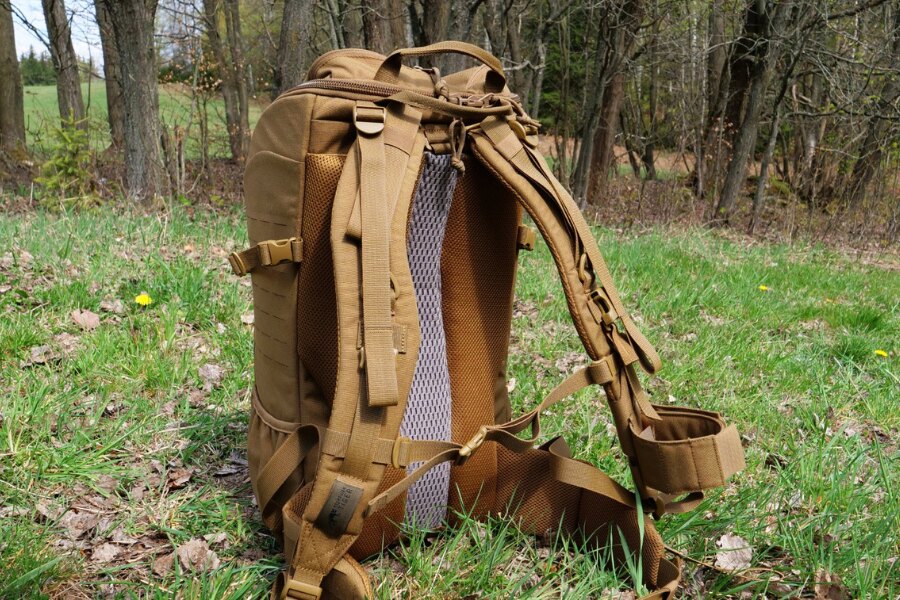
The correct backpack adjustment can affect not only your spine and mood, but also the overall success of your "mission".
How to adjust your backpack on your back ?
Adjusting of your backpack is one of the extremely important, but oftentimes neglected activities. Poorly adjusted backpack will be falling off of your back and it can quite likely ruin your entire outdoor adventure. To make sure your backpack sits well on your back, we recommend to follow these 7 steps:
1. Pack the backpack before attempting to adjust it. The weight distribution in the pack makes a big difference in how the pack fits your body.
2. Loosen all the straps on the backpack (shoulders, waist, sternum).
3. Adjust backpack carrying system according to your needs. This can be done using buckles and/or by velcro.
4. Place the waist belt padding on top of your hips. The waist belt saves your shoulders and spine, so pay enough attention to its adjustment.
5. At the same time, tighten both shoulders straps so that the backpack is close to your body.
6. Move the load lifter straps over your shoulders. The load lifter straps are on the top part of the backpack, which will be behind your head.
7. Now fit the sternum strap.
The backpack fitting takes about 10 minutes and prevents back, shoulder and neck pain. It will also save you a lot of effort as well as it helps to avoid discomfort on long hikes.
Readers are further interested





































































































































